10 Common Gym Injuries and How to Avoid Them
Making it to the gym regularly is a win. But doing it without limping, straining, or taping something up is the bigger success. Gym injuries don’t strike out of nowhere. Most are completely avoidable with better habits, smarter pacing, and a bit of attention when the bar gets heavy. The key isn’t to play it safe, but to train smart.
Let’s check out some common gym injuries and how to prevent them.
Lower Back Strain From Overloaded Lifts
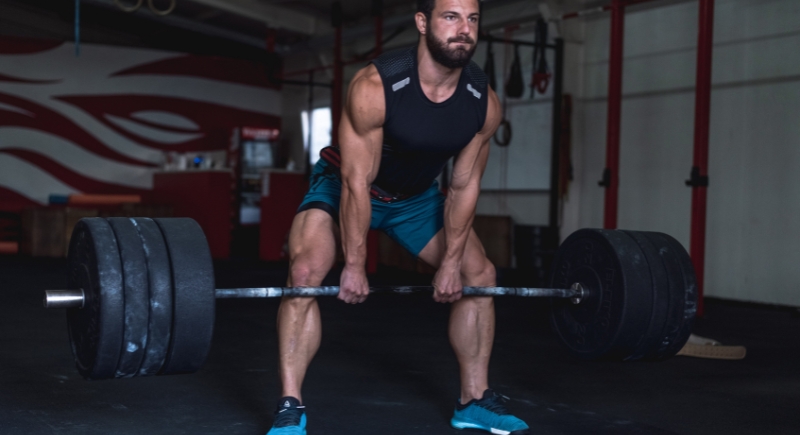
Credit: pexels
Deadlifts and squats aren’t dangerous until your form disappears halfway through the set. Most back issues stem from bracing errors or chasing weight when your spine’s screaming no. Before you load the bar, wake up your core, keep your back rigid, and don’t let fatigue override form.
Knee Discomfort From Misaligned Squats
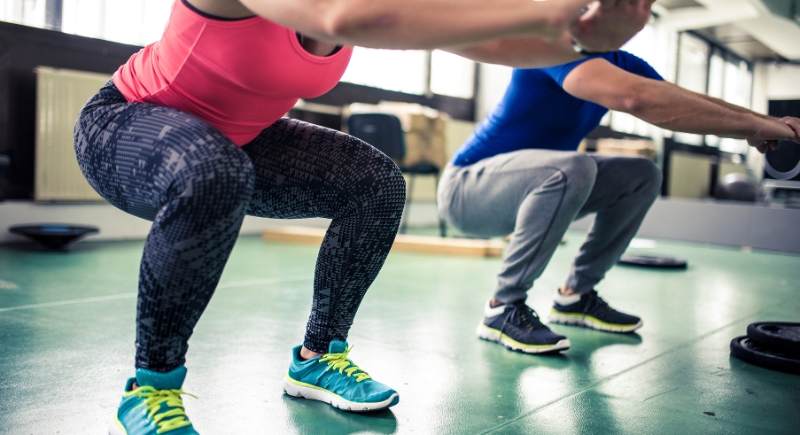
Credit: Getty Images
Knee issues during lunges or squats often come from collapsing arches or weak glutes, not the knees themselves. Keeping your feet stable and knees in line with your toes helps reduce pressure on the joint. Strengthening the hips and working on ankle mobility helps stabilize your lower body through each movement.
Pulled Muscles From Inadequate Preparation
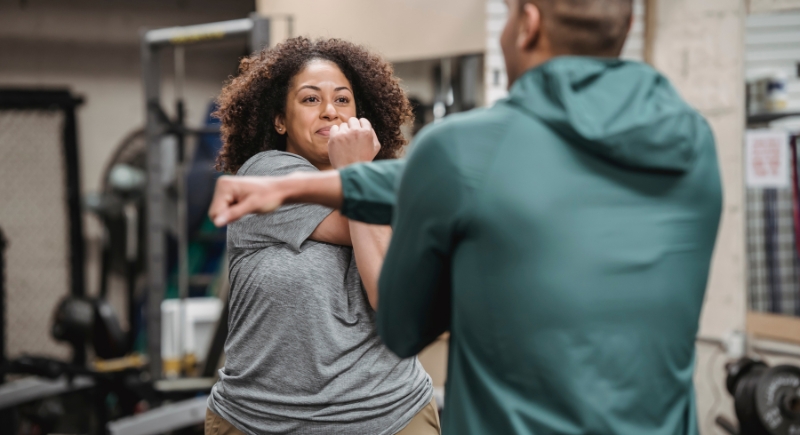
Credit: pexels
Going straight from work emails to heavy cleans isn’t a transition your body appreciates. Static stretches won’t do much here. Instead, use warmups that actually move, like bodyweight versions of your workout.
Rolled Ankles and Bruised Shins From Jumps
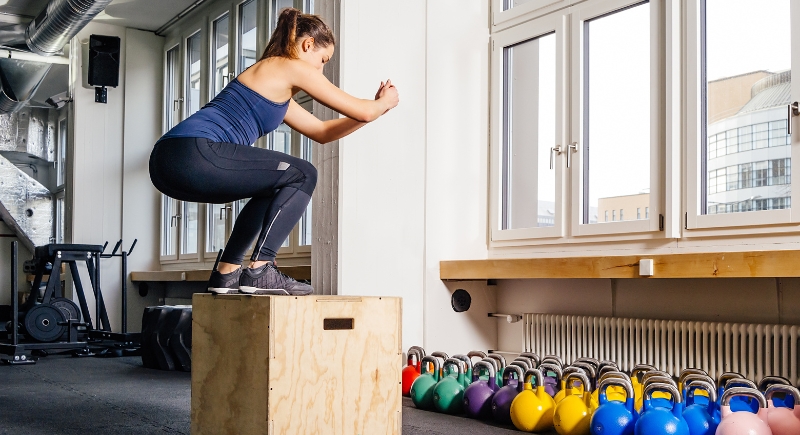
Credit: Canva
Box jumps can quickly go from energizing to ankle-taping if your landings are messy. Misjudged timing or a wobbly surface causes most of the trouble. Keep your jumps sharp by practicing ankle stability, choosing box heights that match your energy level, and stepping down when fatigue sets in.
Blisters and Skin Tears From Barbell Work

Credit: pexels
Blisters and torn calluses don’t mean you’re training harder; they mean you’re not training smarter. High-friction moves like pull-ups and barbell work grind away at your palms. Gloves help, sure, but so does filing down calluses, moisturizing regularly, and backing off if your hands feel like sandpaper.
Shoulder Irritation From Overhead Reps
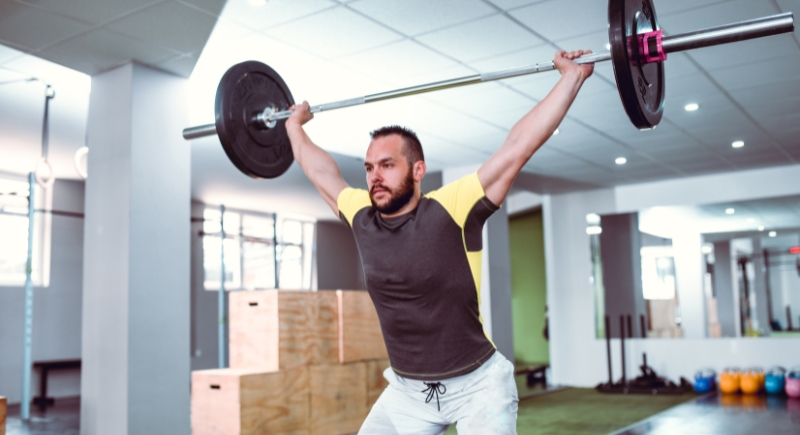
Credit: Getty Images
Frequent overhead presses or pull-ups can overwork the rotator cuff, especially when posture or shoulder blade movement isn’t dialed in. Adding rows, banded external rotations, and face pulls into your routine can build support and reduce strain. Moderate your training volume if your shoulders feel stiff or pinched.
Neck Pain From Daily Posture Habits

Credit: Getty Images
Neck tightness often results less from gym exercises and more from hours spent hunched over desks. When the posture slouches forward, the upper traps and neck muscles carry too much weight. Rebuilding mid-back strength through rowing and posture drills helps restore balance and offload the cervical spine.
Tendon Irritation From Repetitive Lifting
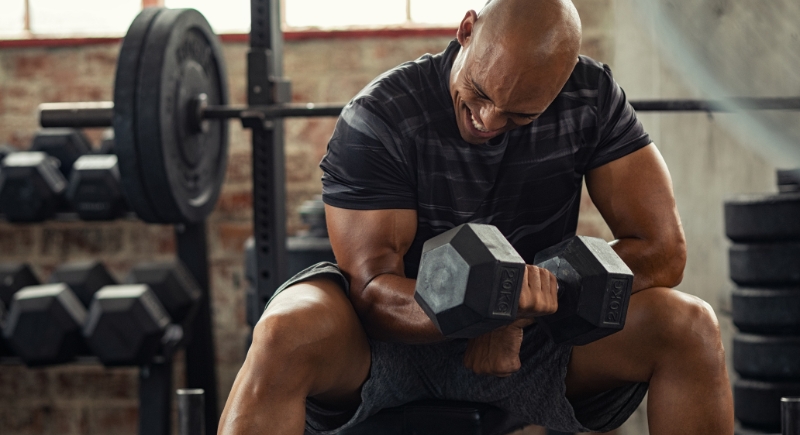
Credit: Canva
Lifter’s elbow doesn’t make a big entrance. It shows up gradually after weeks of gripping too hard, using poor wrist position, or skipping forearm work entirely. To stay ahead of it, train your grip deliberately, keep wrists aligned, and pull back on high-volume days when your arms feel off.
Heel Pain From Unsupportive Footwear

Credit: Getty Images
Plantar fasciitis creeps in when shoes lack structure or your arches collapse under impact. Heel and arch pain are common after high-impact training with poor foot mechanics. In order to avoid this kind of pain, wear footwear that matches your activity, stretch your calves, and avoid barefoot plyometrics can prevent lingering soreness at the base of your foot.
Shoulder Strain From Poor Bench Press Setup

Credit: Canva
A common bench press mistake is flaring the elbows too far out or failing to engage the upper back. This loads the front shoulder more than intended. Tucking the elbows slightly, bracing your back against the bench, and keeping the bar path controlled helps protect the joint and maintain strength safely.
Shin Splints From Sudden Running Increases
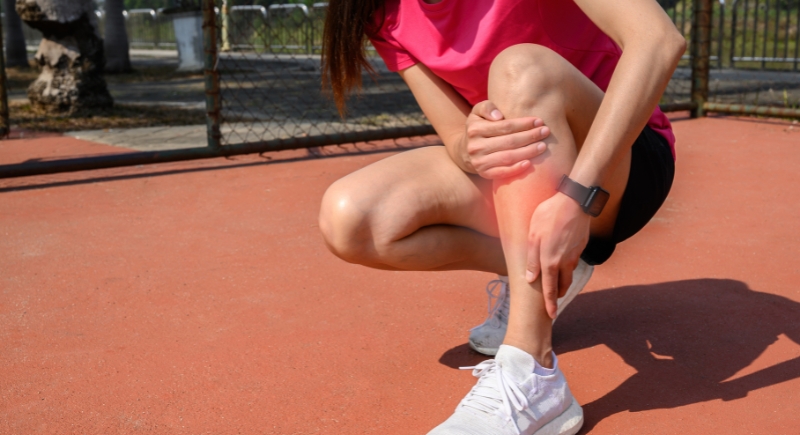
Credit: Getty Images
Shin pain—especially in new runners or jump-heavy programs—usually results from ramping up speed or distance too quickly. Hard surfaces and worn-out shoes amplify impact. Gradual progress, proper footwear, and rest days help lower your risk. Strengthening the lower legs can also improve resilience and reduce discomfort over time.
Wrist Discomfort From Load-Bearing Exercises

Credit: Canva
Pushups, presses, and front squats can strain your wrists if mobility is limited. And it’s not always about lifting more. Sometimes your hands just need a break. Strengthen your grip, improve wrist range with targeted drills, and don’t be afraid to modify with neutral grips or supportive wraps when needed.
Neck Strain During Ab Workouts

Credit: Canva
Many core routines unintentionally recruit the neck, especially when hands pull on the head during crunches. Neck strain during abs usually points to form issues or fatigue. Try training your core with movements like planks or leg raises that minimize cervical tension while still targeting deep abdominal muscles.
Hip Pain From Poor Mobility or Tightness
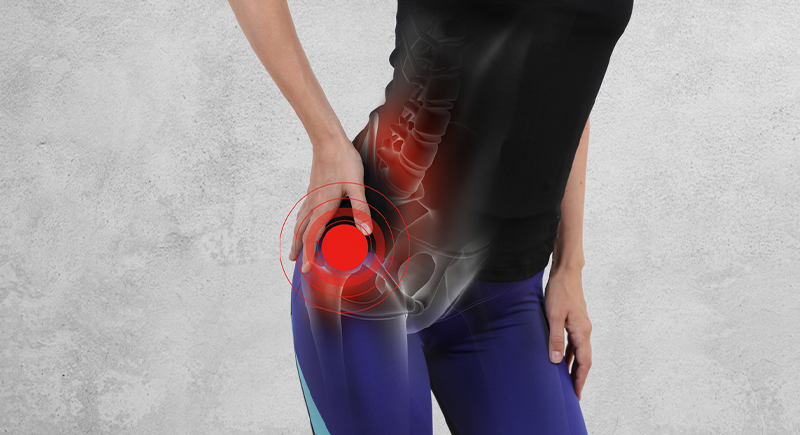
Credit: iStockphoto
Hips often take the brunt of poor movement mechanics, especially in deep squats or dynamic exercises. Limited mobility or lack of control can shift pressure onto spots that don’t love it. Spending time on glute strength, hip flexor release, and dialing in squat depth can make the difference between progress and pain.
Fatigue-Based Injuries From Overtraining

Credit: pexels
The easiest way to get hurt is to skip rest. Your body will let you keep going until it doesn’t. Cumulative fatigue lowers your sharpness, slows recovery, and invites injury. Watch for signs like lingering soreness or reps that suddenly feel off. Sometimes, the smartest move is skipping a day entirely.